
I used to build my own car stereos. This was not out of any intrinsic interest in ohms and crossover slopes, but because I enjoy crankin' tunes and factory car stereos used to stink. It was just a given that any car I bought would get a stereo overhaul, and I tended to do most of the work myself because that gave me more money to spend on stupidly powerful components.
There was a time when I figured that any system worth building required at least two 12-inch subwoofers, along with the beefy midrange woofers and tweeters you'd need in order to hear anything besides two 12-inch subwoofers. Somewhere along the way, around the early 2000s, factory audio systems improved to the point that aftermarket attention wasn't automatically necessary, or even possible. Now there are a lot of factory premium sound systems that are seriously bumpin', and some of the best are found in an unlikely cohort of vehicles: Volvos.

Volvo's optional Bowers & Wilkins sound systems cost $3200 and aren't available on the more budget-minded models. They are among the best stereos you can spec in any car at any price—in my opinion—and I wanted to know how they're built, so I got on a continent-spanning video chat with people from both Volvo and Bowers & Wilkins. And then I tried the system in the EX90, the most elaborate build so far.
Designing an audio system starts with the concept for the car itself, so Volvo steers that conversation at the very beginning. "We’re a customer-oriented company," says Jonatan Ewald, Volvo Cars attribute leader for audio. "Who is this car for? If it's a larger car, then we have more room for the audio system. Smaller and budget-friendly, you have to focus more on budget versus performance." Of course, the Bowers & Wilkins systems definitely skew toward performance.
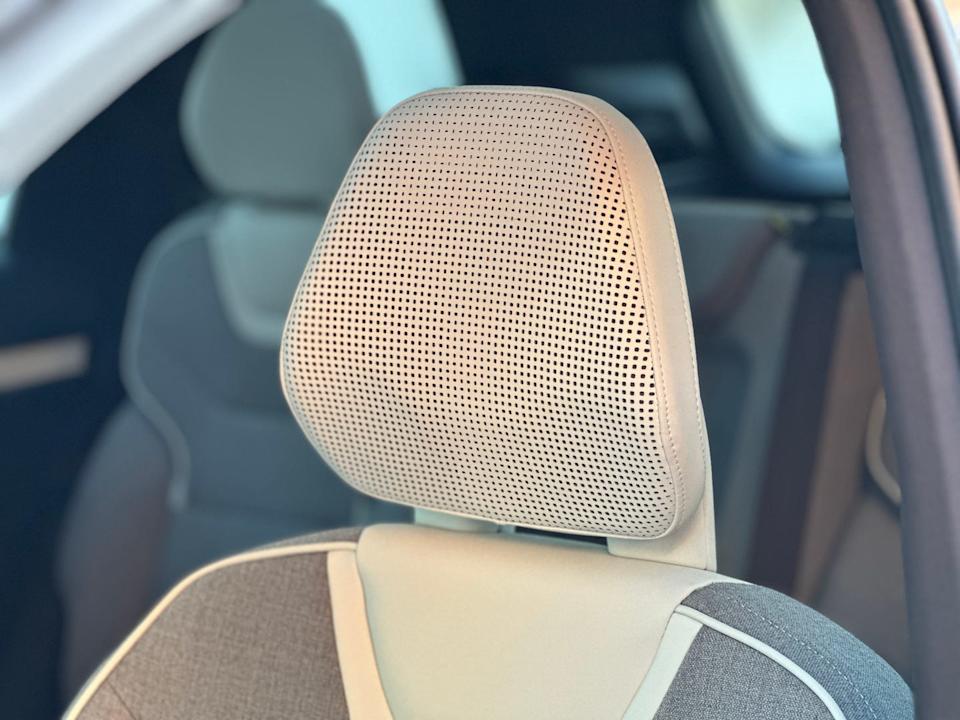
Once a particular model is identified as a Bowers & Wilkins candidate, the work begins with a layout of where to place the components—the simplest Volvo systems employ 15 speakers, and the EX90 uses 25. "The earlier we can get involved in the system, the better," says Thomas Henderson, director of partnership marketing for Sound United (the Bowers & Wilkins parent company that includes Denon, Marantz, and several other high-end audio brands). "The first thing to figure out is where the transducers go."
"Its a large team effort," says Johan Wikstrand, audio tuning engineer, Volvo Cars. "Before you get to the point of finalizing anything, it can swing quite a bit." Packaging is a challenge, but so is designing an interior that can handle the sound pressure levels generated by a Bowers & Wilkins system at full volume—while still accommodating all the cubbies and storage areas people expect. "It's not a studio. It's not a perfect listening room. People need to fit bottles in the doors, it needs to look good. How do you make everything fit?" says Ewald.
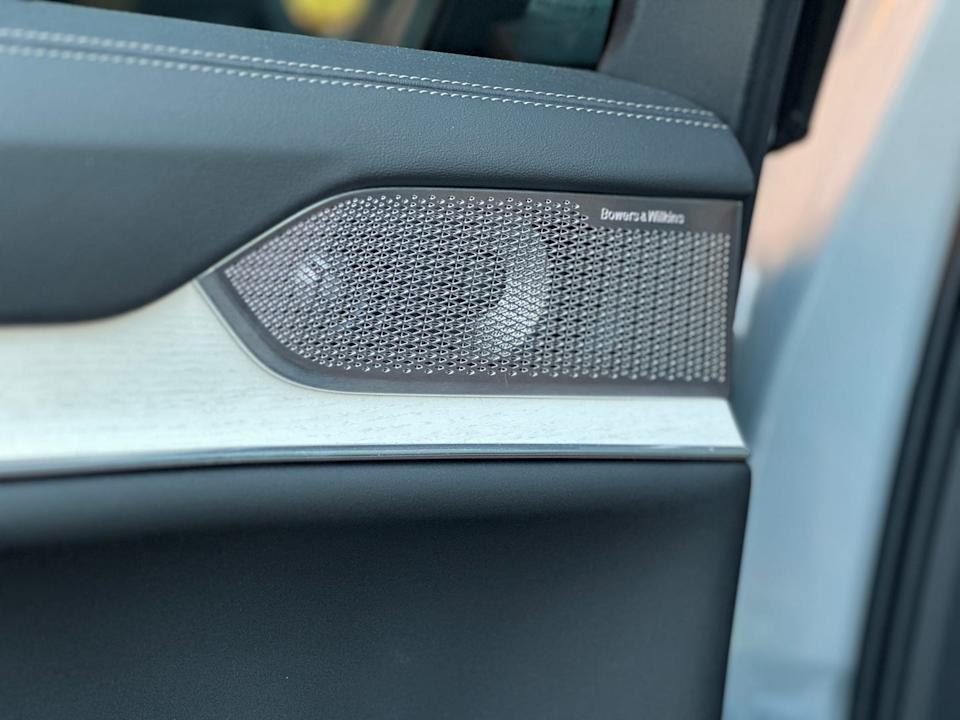
The system begins as a virtual design, the audio team simulating results with different approaches, but ultimately, they have to start building a sound system. "You go over the whole car in the virtual domain a year or two ahead in CAD, then we check it all out physically," says Ewald. "When we hand-build the first cars, we test them physically and figure out, 'this wiring needs some foam tape, or this connector needs to be stiffer.'"
There are people who specialize in finding and eliminating interior rattles, but the rattle battle is never quite over when you're building a system like this—sometimes, even on the exterior. Crank up some Kendrick Lamar in the V90 Cross Country, and the rear license plate will vibrate against the sheetmetal the same way the one on my Saab 9000 did.
The speakers themselves are obviously important, and 3-D printing has sped up the prototyping process there, says Dominic Bowers, new audio and automotive development engineer at Bowers & Wilkins. "We do 3-D-printed mockups," says Bowers, hoisting a tweeter from his desk—tweeters can basically be 100 percent sonically accurate from a 3-D-printed prototype, but woofers aren't there yet. A lot of thought goes into the speaker grilles, too, since those serve as both interior jewelry and an acoustically important part of the system. "We optimize patterns in the grille design," says Bowers. "You can see the cones through the grilles. There’s a lot of back and forth."
One hallmark of the Volvo Bowers & Wilkins systems is that you can usually turn them up all the way—depending on the audio source and material—without audible distortion. That's by design too. "We ask, 'What power do we need at the driver, how will we tune the system?'" says Ewald. "We have zero extra. We design for exactly what we need and max that out. No power is wasted."
Which is not to say that they're stingy with the amps. The EX90 uses a 28-channel, 1610-watt amplifier. That is a lot more than I had going on in my Saab. Come to think of it, an amp like that probably would have cost more than my Saab, a point that isn't lost on Volvo and Bowers & Wilkins. "Yes, the EX90 system is a lot of money, but if you’re going to spec out your home system with 25 drivers and 1600 watts of Bowers & Wilkins power, I think it's a bargain," says Ewald. And he's not wrong. In the realm of home audiophile equipment, $3200 might get you a nice set of cables, never mind a room in which to use them.
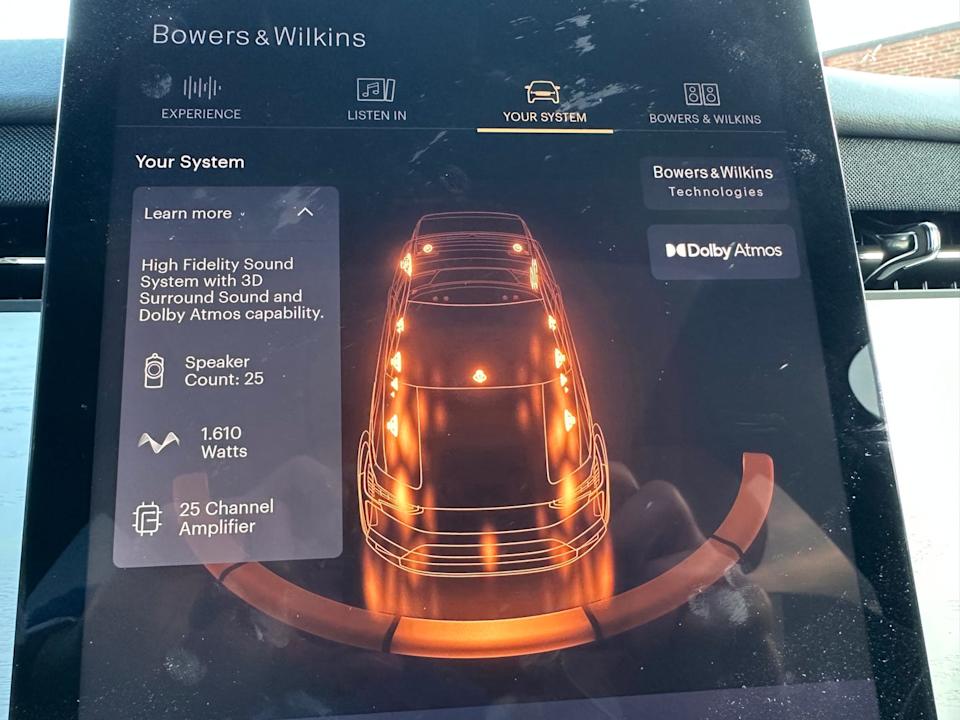
And the electric EX90 makes a pretty fine listening room, absent as it is from internal-combustion cacophony and rolling on EV-quiet tires. With Dolby Atmos and an Abbey Road Studios mode, I'd describe the EX90 listening experience as seeing with your ears. It's immersive, really—you're at Lollapalooza, or in the studio with Steely Dan, or maybe flying across a causeway in Miami while Jan Hammer provides the score. If it's not the best car audio system I've ever heard, it's on the shortest of short lists with the likes of Cadillac's short-lived 34-speaker Bose Panaray system.
Right now, Harman is working to close a deal to acquire Bowers & Wilkins and its fellow brands. Harman owns many of the premium audio companies that you see in upmarket car systems—AKG, Harman Kardon, and Mark Levinson, among others. We hope it will allow Volvo and Bowers & Wilkins to keep doing their thing, which is building sound systems for mainstream cars that punch far above their price—basically, what I was always trying to accomplish on my own in my driveway. The results are way better, but the ultimate goal is always the same.
"In a car, it's your space and it's your time," Ewald says. "You can listen to whatever you want as loud as you want and immerse yourself in that. You’re cruising down the road and enjoying life."
You Might Also Like
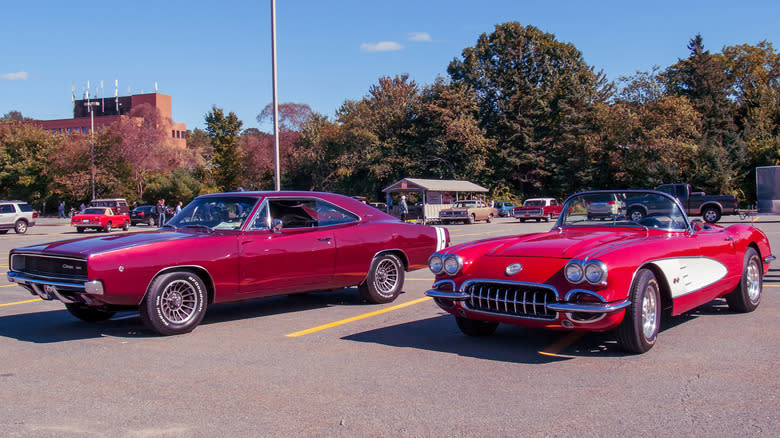

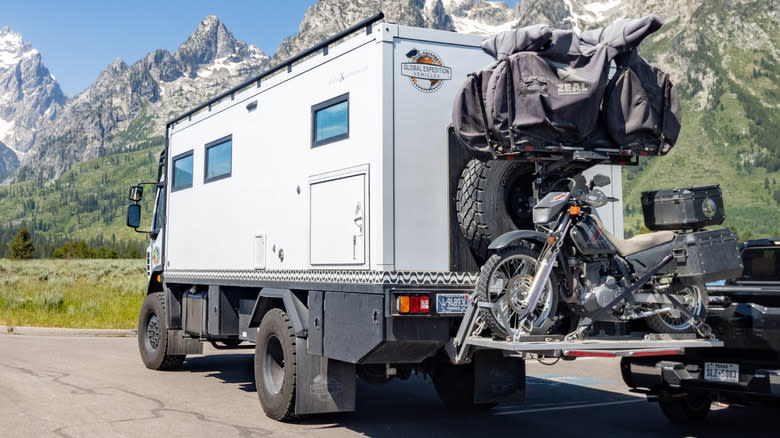
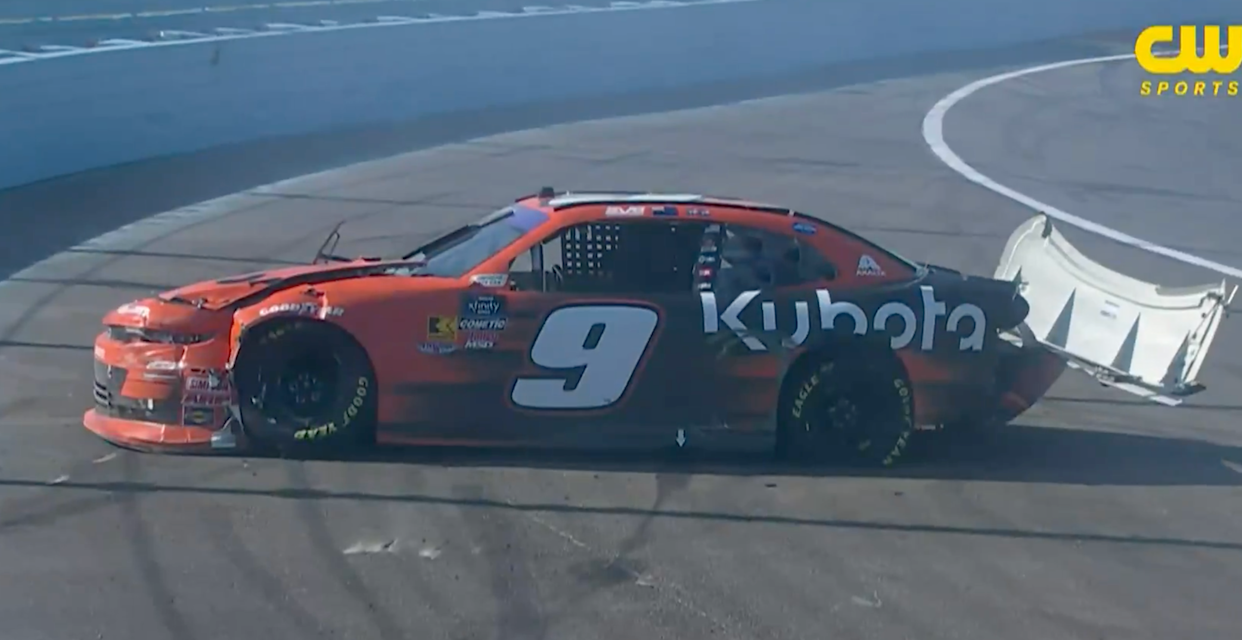
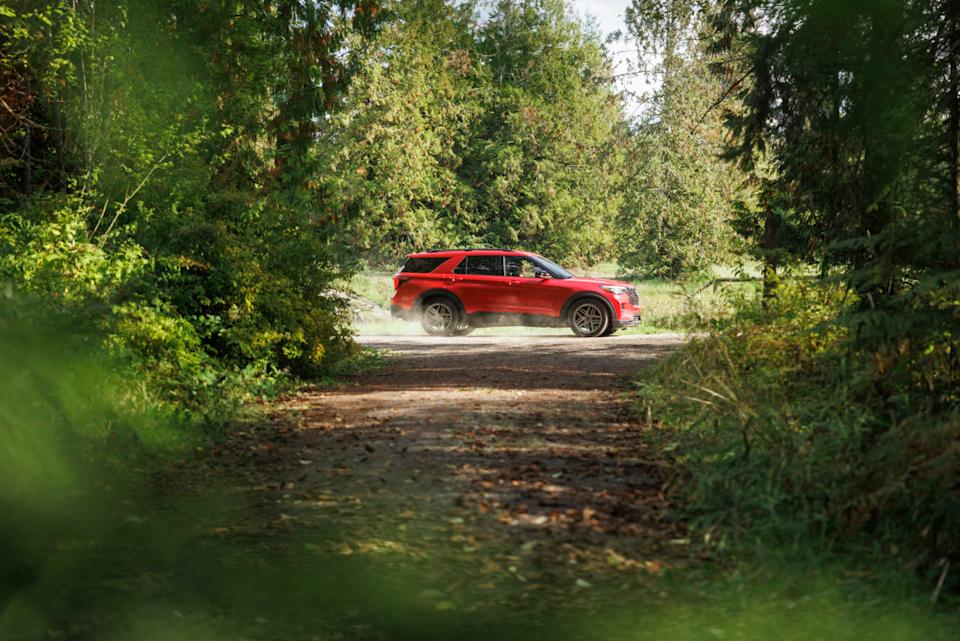
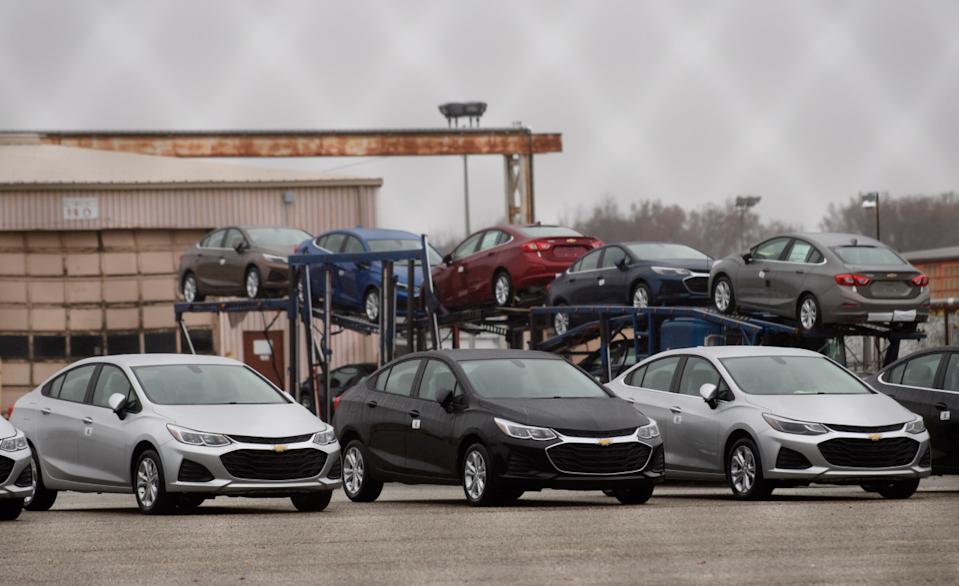
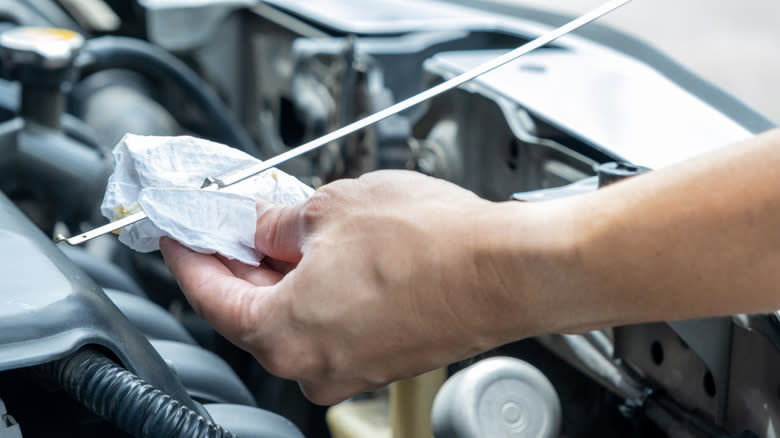
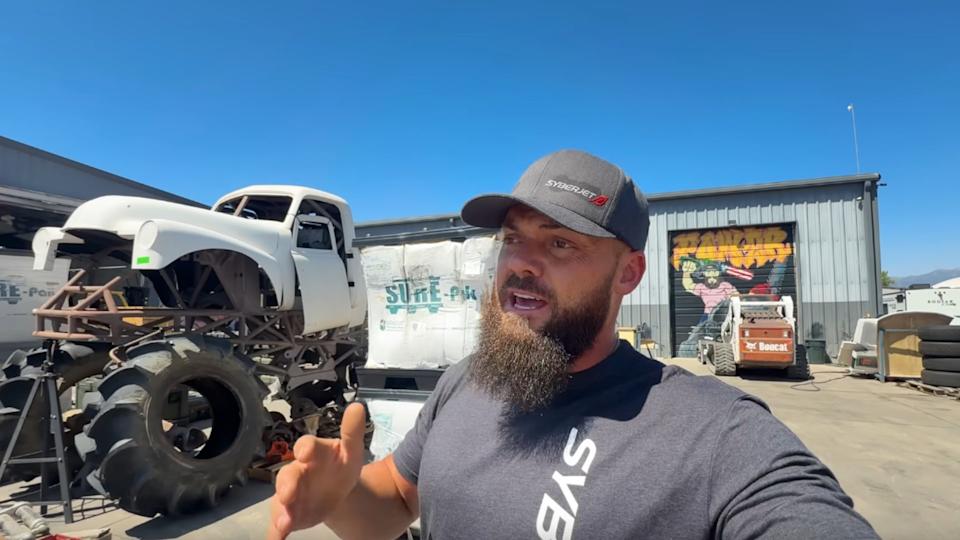
Comments